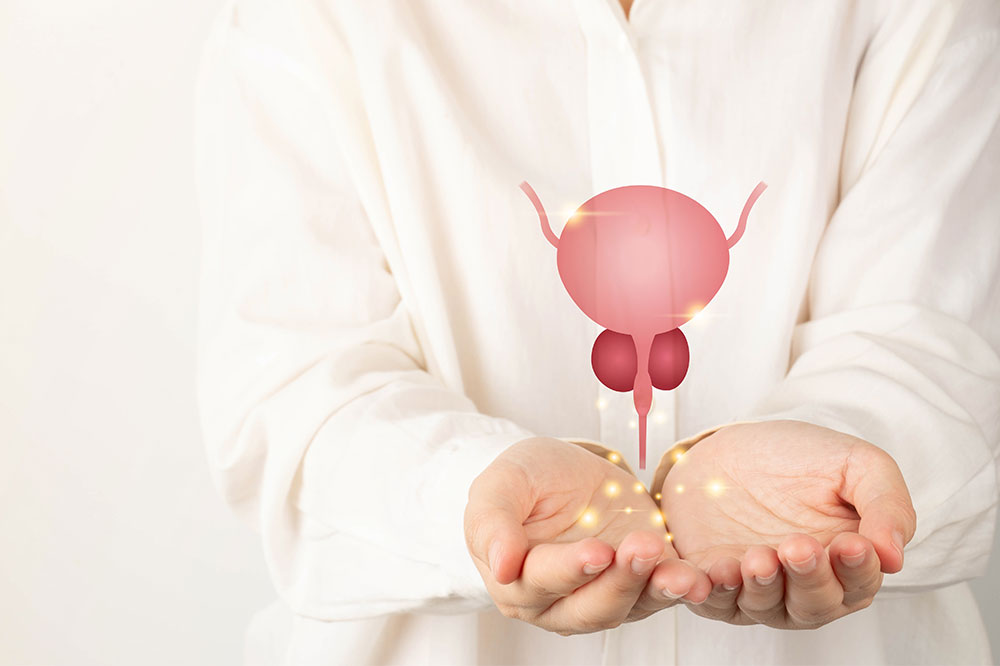7 mistakes to avoid for a healthy bladder

One may not give much thought to their urinary hygiene and eating habits, but they can have a significant impact on overall health. The bladder is responsible for holding and releasing urine, and certain peeing mistakes and poor food choices can affect bladder health. This, in turn, increases the risk of hormonal issues, kidney problems, and infections. So, here are a few common mistakes to avoid for a healthy bladder:
Ignoring the urge to pee
One may postpone attending nature’s call if they are busy with work or other activities. While this does not immediately affect the bladder, ignoring the urge to pee and letting urine accumulate in the bladder for a long period can lead to chronic overstretching. This, in turn, can damage bladder control. So, one should avoid this mistake by taking regular bathroom breaks whenever they feel the urge.
Peeing too often
If holding pee in unnecessarily is a mistake, so is going to the bathroom too often. Frequent trips to the bathroom can train the bladder to become overactive. If one feels the need to pee every hour or so to the point that it affects their daily life, they should seek medical help. An overactive bladder may also be a sign of health conditions like diabetes, poor kidney function, infections, or even cancer.
Not drinking enough water
Water is essential for flushing out the toxins from the body. Staying hydrated can also alleviate pain while peeing. Lack of water, however, can cause many problems, from dehydration and headaches to urinary tract infections (UTIs) and kidney and bladder stones. To check for hydration, one can regularly examine the color of urine. If it is dark yellow or has an odor, it is a sign that the body needs water. A healthy and hydrated body produces transparent or light-colored urine.
Not emptying the bladder
Not urinating completely can also impact bladder health. The urine still left in the system can lead to infections. If one is experiencing slow or restricted urine flow, it could be a sign of prostate swelling. So, one should get the issue examined by a doctor to prevent further complications.
Excessive caffeine intake
The bladder lining is delicate and can get irritated by excessive intake of caffeine through tea, coffee, or other drinks. This can, in turn, also increase the frequency or urge to pee. Carbonated drinks like soda have similar effects on the bladder.
Eating spicy foods
Spicy foods like chilies, mustard, sauces, and pepper generate heat in the body, causing inflammation and stimulating the bladder. This can also irritate the organ lining and lead to chronic bladder pain.
Choosing acidic foods
While the impact of acidic foods may not be the same for everyone, some foods like tomatoes and citrus fruits like oranges, limes, and grapefruit are acidic in nature and can affect bladder control.
Nevertheless, one should observe their body’s reaction to different foods before eliminating them from meals altogether. Those experiencing irritation or bladder issues should consult a healthcare professional for a suitable, personalized, and timely treatment plan.


